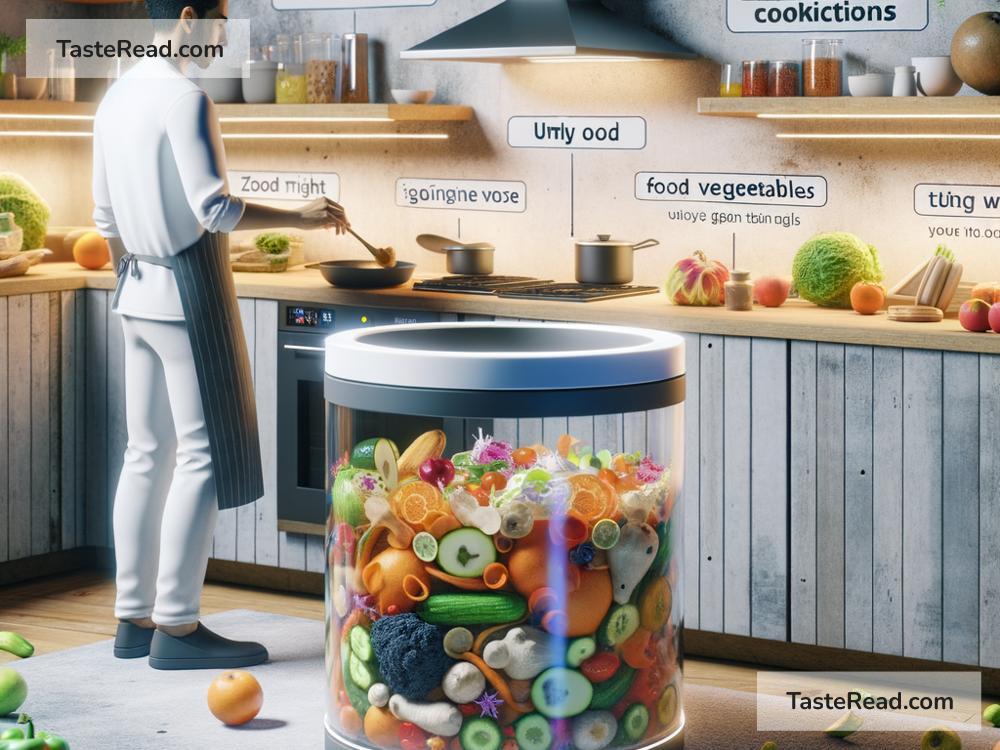The Future of Food Waste Reduction: A Fresh Look at Saving Our Planet
Food waste is a huge problem in the world today. Every year, millions of tons of food are thrown away. This wasted food often ends up in landfills, creating harmful greenhouse gases like methane that contribute to climate change. The sad part? Much of this food could have been eaten or used in other ways. But there’s hope! Scientists, businesses, governments, and everyday people are working on new solutions to reduce food waste and make the future greener. In this article, we’ll explore how exciting innovations and changes in behavior are shaping the future of food waste reduction.
The Scope of the Problem
Before we look at solutions, it’s important to understand how big the problem really is. According to the United Nations Food and Agriculture Organization (FAO), about one-third of all food produced globally is wasted. That’s enough to feed billions of people! Food waste happens at many stages, like on farms, during transportation, or at grocery stores, restaurants, and homes. This waste isn’t just about the food; it also wastes the water, energy, and labor needed to produce it. Clearly, reducing food waste is critical to saving resources and protecting the planet.
Innovative Technologies Tackling Food Waste
The future brings hope because of new technologies designed to fight food waste. Here are some exciting examples:
-
Smart Grocery Apps
Today, mobile apps can help people buy only what they need and avoid over-purchasing. Apps like OLIO and Too Good To Go allow businesses and individuals to share surplus food. Too Good To Go works by letting users buy leftover food from restaurants or bakeries at discounted prices before it gets thrown away. This is not only good for reducing waste but also helps people save money. -
Advanced Food Storage Solutions
Innovations in food storage are growing quickly. New packaging materials are being developed to keep fruits, vegetables, and other foods fresh for longer periods of time. For example, scientists are working on natural coatings for produce that slow down the ripening process, reducing spoilage. -
Artificial Intelligence (AI)
AI is being used to predict food demand in restaurants, grocery stores, and warehouses. By analyzing data, businesses can better understand how much food to buy or prepare, reducing the chances of surplus food being wasted. -
Composting Technology and Biogas Production
Turning food waste into energy is an exciting area of research. Composting machines are becoming more compact and efficient, making it easier to convert food scraps into nutrient-rich soil. Biogas plants are also increasingly turning food waste into renewable energy. This cutting-edge technology can help cities manage food waste while producing electricity or heating.
Improving Policies and Raising Awareness
Technology alone can’t solve the problem. Governments and organizations play an important role in encouraging food waste reduction.
-
Government Regulations
Many countries are introducing laws to reduce food waste. For example, France has made it illegal for supermarkets to throw away unsold food. Instead, they must donate it to charities. Similar policies are being discussed in other nations. -
Educational Campaigns
Educating people about how to reduce food waste is crucial. Schools, communities, and social media platforms are teaching people simple habits like composting leftovers, storing food properly, and planning meals more effectively. When more people understand the impact of food waste, they can make smarter choices.
Businesses Leading the Way
Many companies are taking action to reduce waste, and it’s inspiring to see creative approaches.
-
Reducing Waste in Restaurants and Grocery Stores
Some restaurants now offer flexible portion sizes to customers, so no food is left uneaten. Meanwhile, grocery stores are tackling the problem of imperfect produce—those “ugly” fruits and vegetables that are perfectly edible but often wasted because they don’t look perfect. Stores are selling them at discounted prices instead of throwing them away. -
Surplus Food Donations
Companies are recognizing the importance of donating unused food. Food banks and charity organizations are using technology to match businesses with surplus food to people in need. This ensures that good food doesn’t go to waste while helping reduce hunger.
The Role of Individuals in Reducing Food Waste
Reducing food waste isn’t just about governments or businesses; each one of us has a role to play. Practicing small, mindful habits can make a big difference:
- Plan Meals: Write a grocery list and buy only what you need.
- Store Food Properly: Use airtight containers and keep your fridge organized to prevent spoilage.
- Use Leftovers Creatively: Turn yesterday’s dinner into a new dish instead of throwing it away.
- Compost Food Scraps: If possible, compost your food waste to create fertilizer rather than sending it to landfill.
Looking Ahead
The challenge of food waste is complicated, but progress is happening. As technology improves, policies become stronger, and awareness grows, the future looks promising. By working together—scientists, businesses, governments, and individuals—humanity can significantly reduce food waste and protect the environment for future generations.
Imagine a world where fresh food is used wisely, surplus food feeds the hungry, and food scraps power our cities. With collective effort and innovative ideas, this vision can become a reality.
Let’s all do our part to waste less and value food more! After all, saving food means saving energy, money, and the planet itself.


